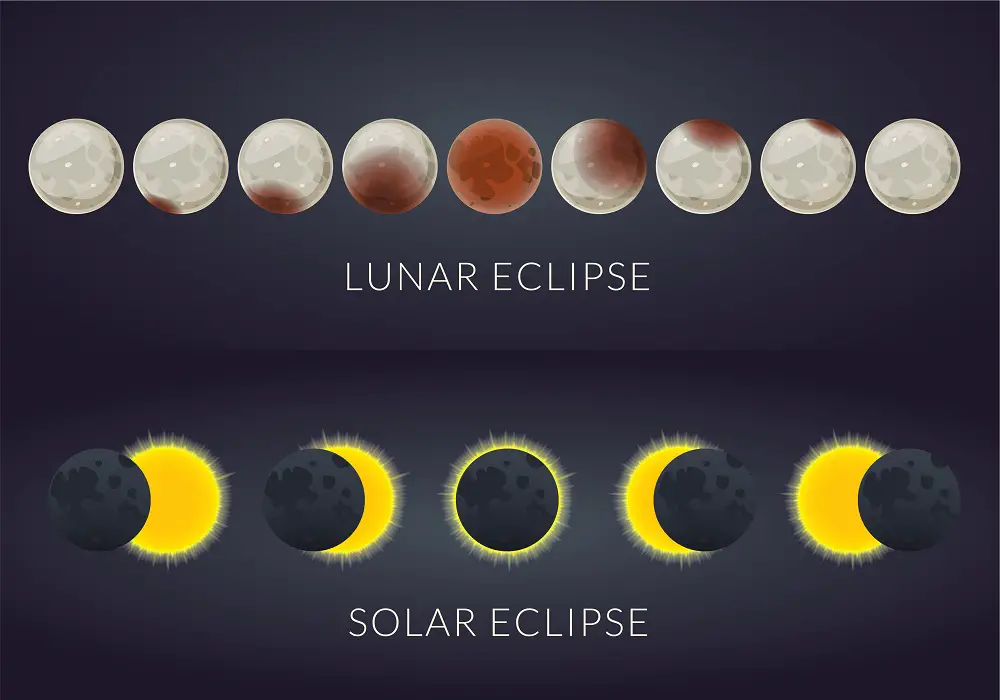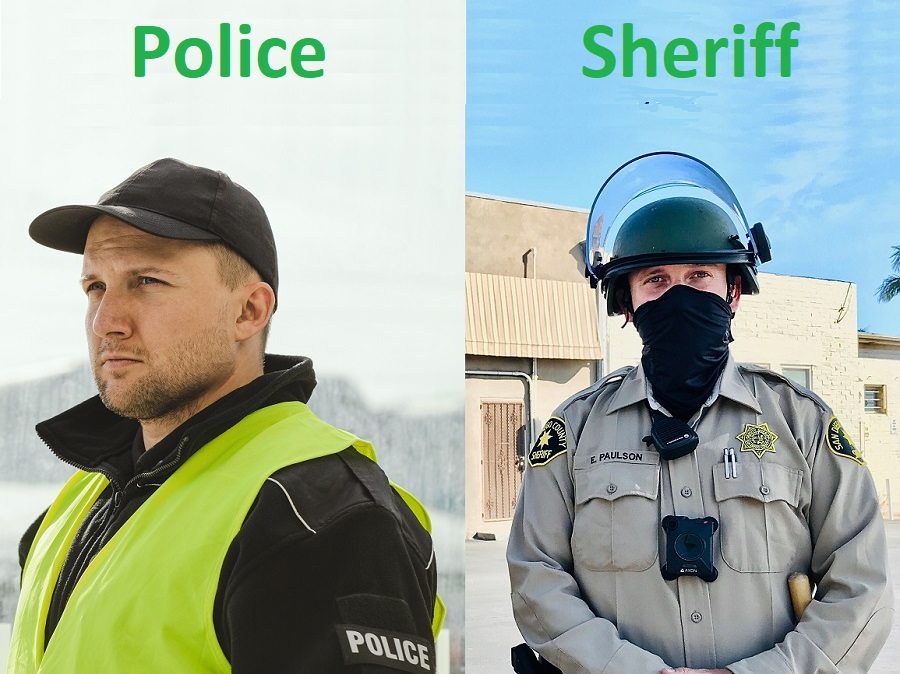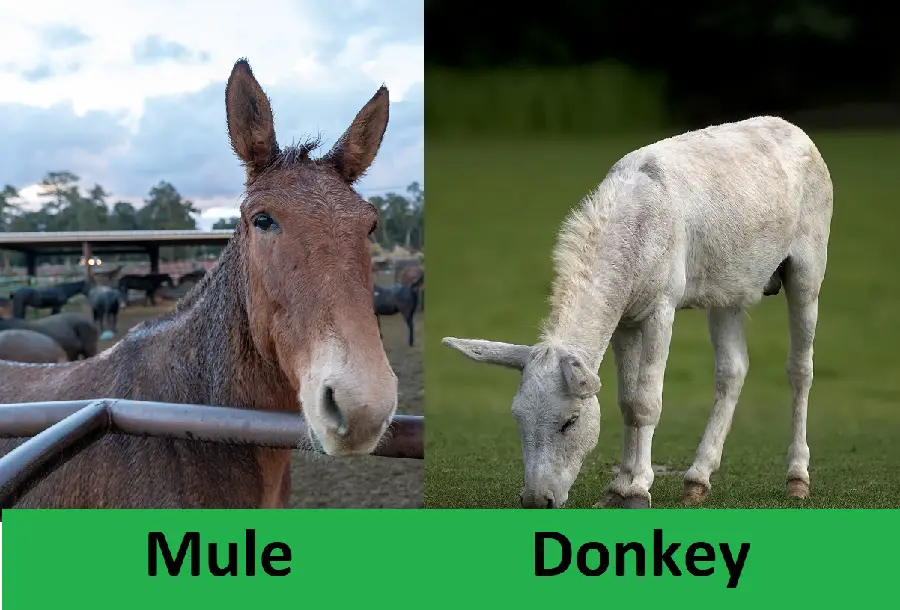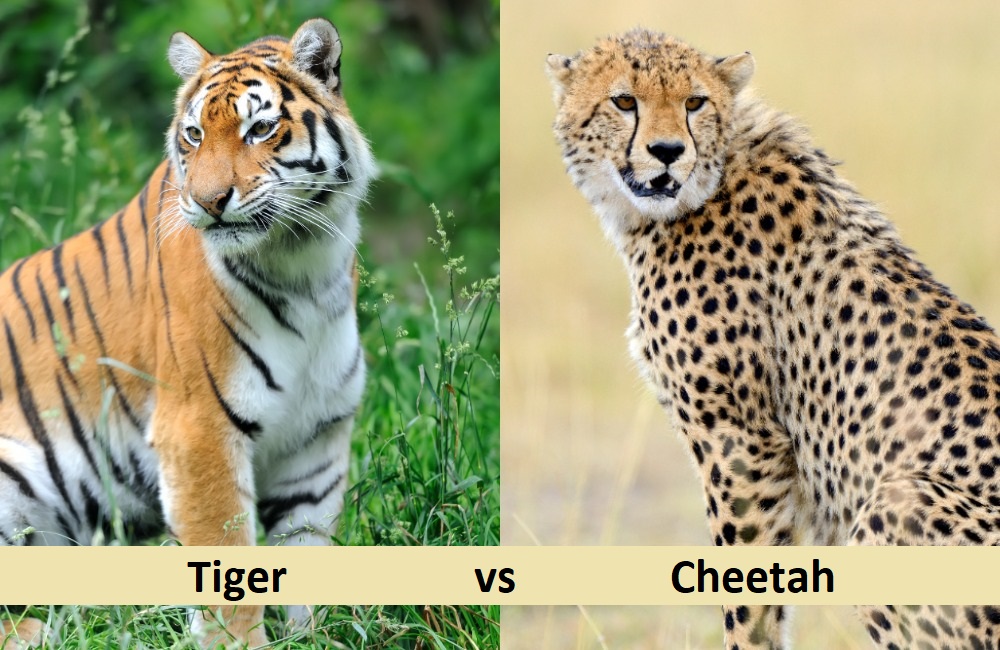What’s The Difference Between Solar and Lunar Eclipse?
The debate of solar vs lunar eclipse has been around for quite some time. Solar and lunar eclipses are events occurring due to a conjunction between the sun, moon, and earth. Although they are both eclipses, they are very distinct from each other.
While the solar eclipse is a daytime occurrence and a lunar eclipse is a nighttime one, this is not the only difference between solar and lunar eclipse.
Starting from their astronomical background to their duration, solar eclipse vs lunar eclipse is a classic topic of dispute among curious minds. Here we talk in detail about these two important events along with an elaborate comparison between them.
Solar Eclipse vs Lunar Eclipse: An Overview
The main difference between a solar eclipse and a lunar eclipse is the celestial body that obscures the light. In the case of a solar eclipse, the moon appears between the earth and the sun. Meanwhile, a lunar eclipse happens when the earth appears between the moon and the sun.
A solar eclipse obstructs the sunlight from reaching the earth’s surface. Meanwhile, a lunar eclipse prevents the sunlight from falling on the surface of the moon. Although they both are eclipses, they are quite dissimilar. They differ in terms of duration, witness sites, and even according to the phases of the moon.
What Is Solar Eclipse?
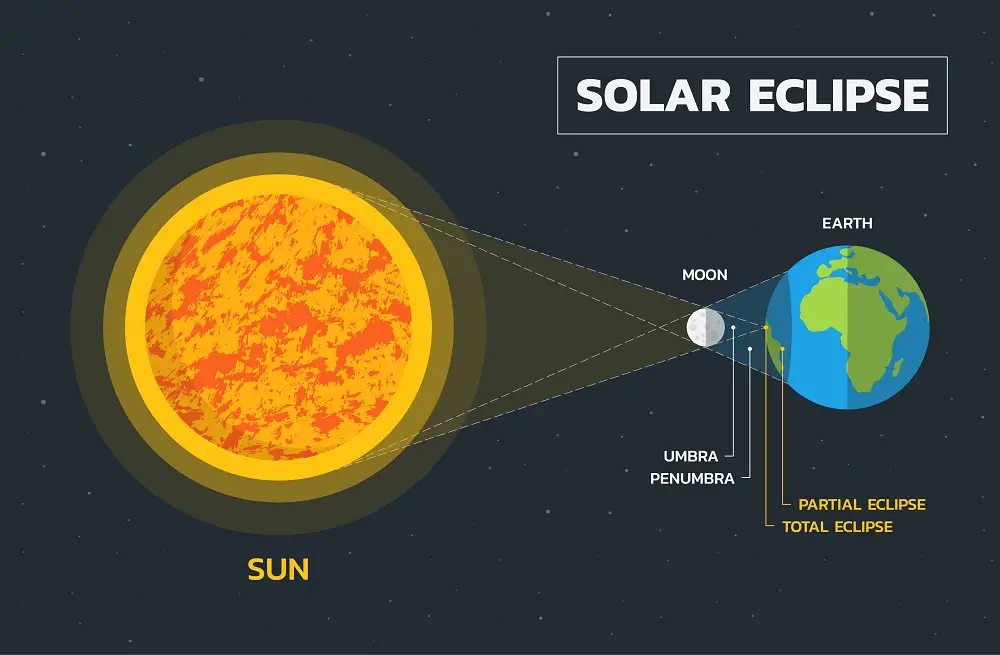
A solar eclipse is a phenomenon that occurs when the sun, moon, and the earth are in alignment with each other. During this eclipse, the moon blocks the sun, due to which the sunlight cannot fall on the earth’s surface.
Solar eclipses can be total, partial, and annular, depending on the extent of alignment. Partial solar eclipse occurs when the moon is not completely in alignment with the sun. In this case, only a fraction of the sunlight faces a hitch to reach the earth.
Meanwhile, a total solar eclipse takes place upon the complete masking of the sun by the moon, and this results in the complete darkening of the sky.
Annular solar eclipse is quite different as the moon covers the sun, but there is plenty of sunlight around the edges of the moon. It is also one kind of partial solar eclipse.
Solar eclipses take place on a new moon day and can be observed only in a few places. Their duration is pretty short, but they are observed for a lot of times in a year. They have pretty serious retina damaging effects and can cause permanent blindness if observed through bare eyes.
What Is Lunar Eclipse?
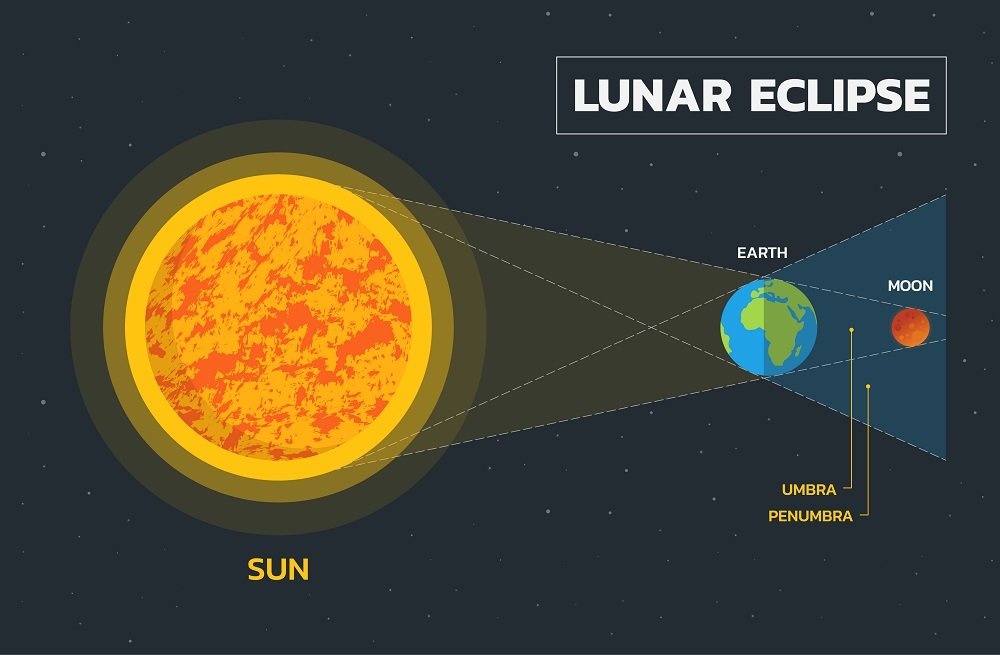
A lunar eclipse also occurs when the sun, moon, and the earth are along the same line, and the earth comes between the moon and the sun by casting its shadow on the moon.
During a lunar eclipse, the moon appears red in color due to the shadow projected by the earth. Lunar eclipse comes in two types: partial and total.
A partial lunar eclipse occurs due to a fragment of the moon proceeding within the earth’s shadow. In contrast, a total eclipse takes place when the total moon is in the earth’s shadow. The sun, moon, and earth need to be in alignment for these events to take place.
Lunar eclipses take place on a full moon day and are witnessed in a lot of places. They occur 2 times a year and last for an hour. Unlike solar eclipses, they are very safe for the naked eyes and do not have any serious effects.
Recommended for You:
Main Differences between Solar Eclipse and Lunar Eclipse
- Solar eclipse occurs because the moon blocking the sunlight between the sun and earth
- Lunar eclipse occurs due to the earth projecting its shadow on the moon
- Solar eclipse occurs during the daytime and is observed for 5-10 minutes roughly
- Lunar eclipse occurs during the nighttime and lasts for an hour at most
A Comparison Table to Summarize
|
Parameters of Comparison |
Solar Eclipse |
Lunar Eclipse |
|
1. Celestial Body |
Moon comes between earth and the sun. |
Earth comes between the sun and the moon. |
|
2. Moon Phase |
Occurs on a new moon phase. |
Occurs on a full moon phase. |
|
3. Duration |
Lasts for 5-10 minutes approximately. |
Lasts for an hour approximately. |
|
4. Frequency of Occurrence |
Occurs 2-5 times in a year. |
Occurs twice in a year. |
|
5. Visual Effects |
Has retina damaging effects upon observation through naked eyes |
Does not have any harmful visual effects when observed through naked eyes |
|
6. Witnessed in Places |
Witnessed only in limited places |
Witnessed in a large number of places |
|
7. Types |
Total solar eclipse, Partial solar eclipse, and Annular solar eclipse |
Total lunar eclipse and Partial lunar eclipse. |
Key Takeaways
- Both solar eclipse and lunar eclipse occur due to the masking of one celestial body by another.
- Solar eclipse and lunar eclipse occur during different phases of the moon.
- Solar eclipse occurs when the moon is in the middle of the earth and the sun.
- Lunar eclipse takes place due to the earth coming between the moon and the sun.
Conclusion
Wrapping it up, it can be said that both solar and lunar eclipses are colossal events occurring with the sun, moon, and earth in tandem motion. Despite both being eclipses, they are poles apart from each other. From the celestial body obstructing light to the time difference, these eclipses have plenty of differences between them.
